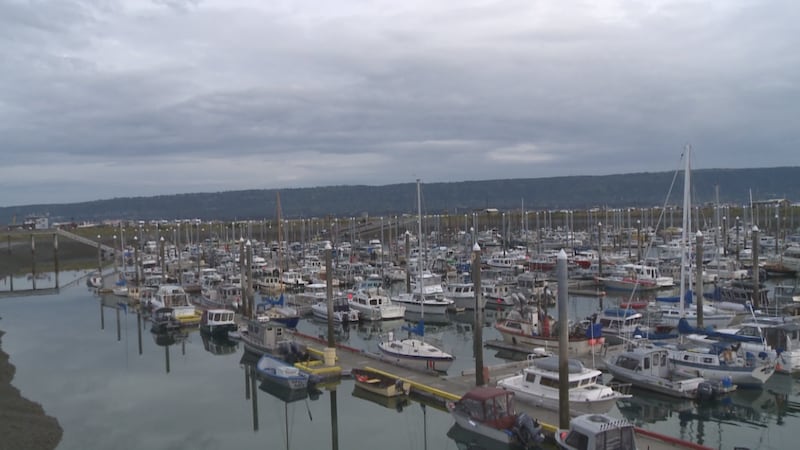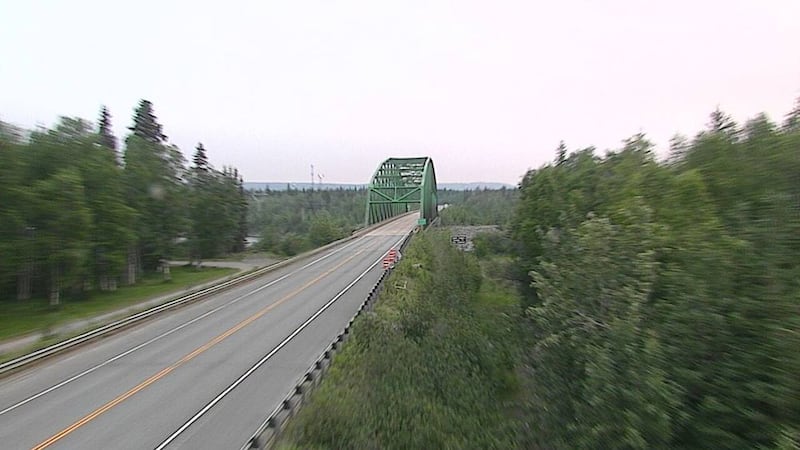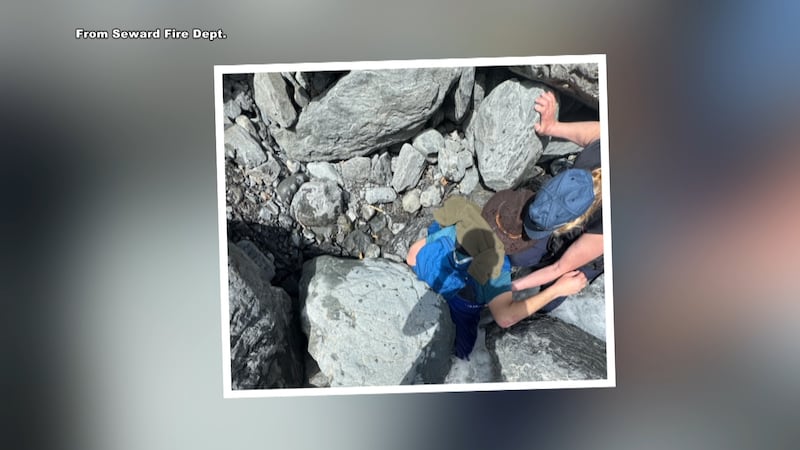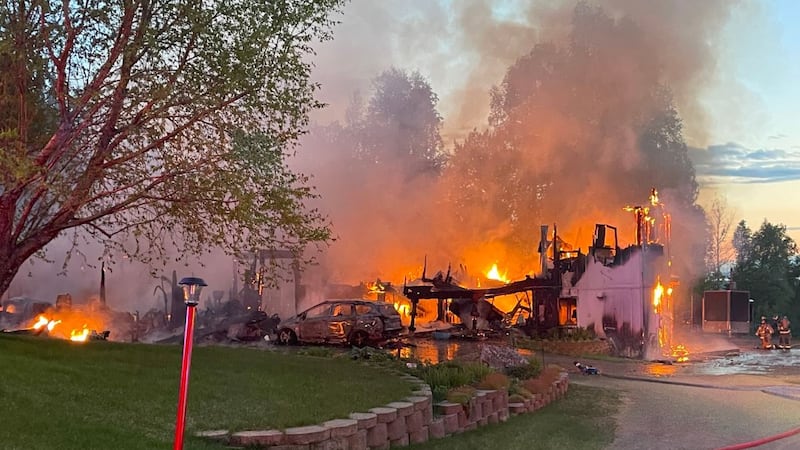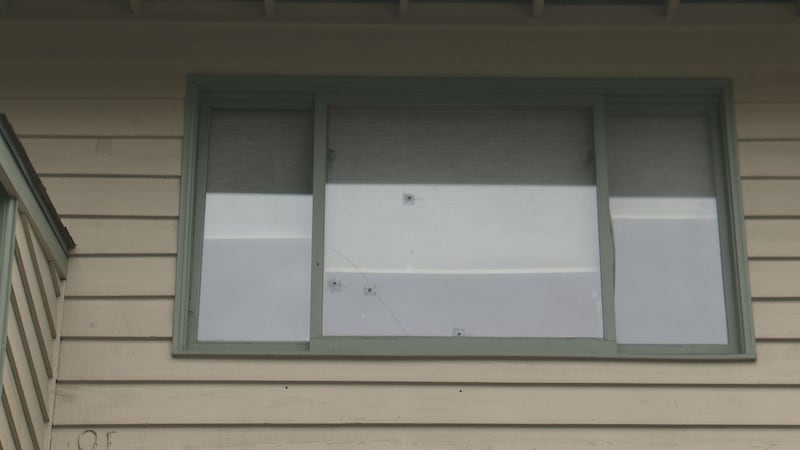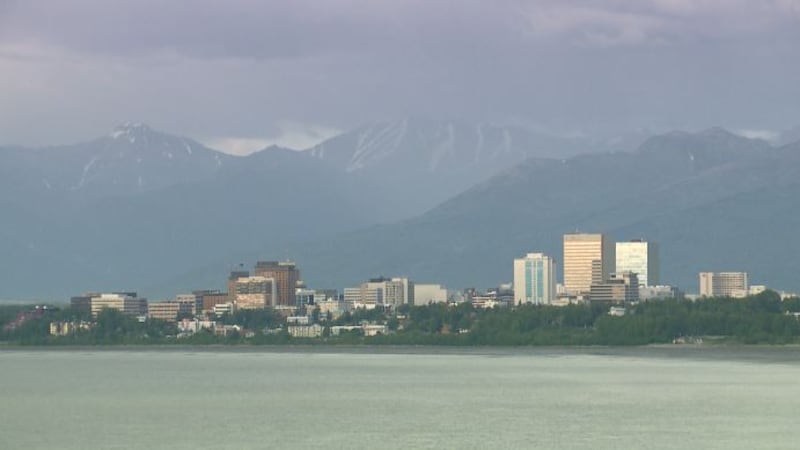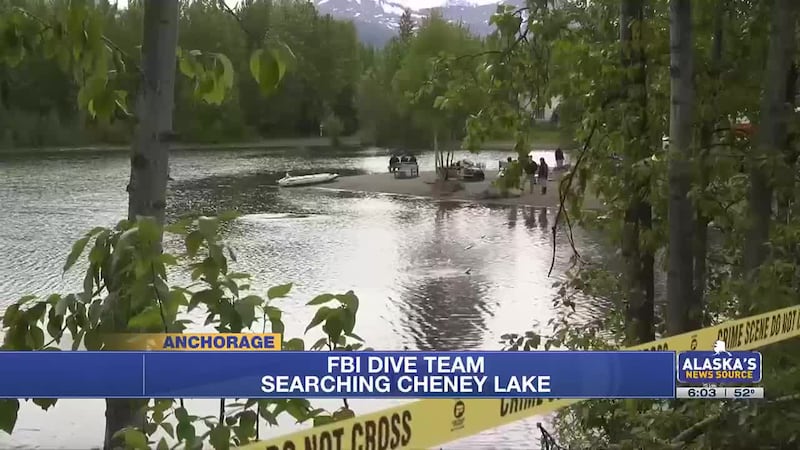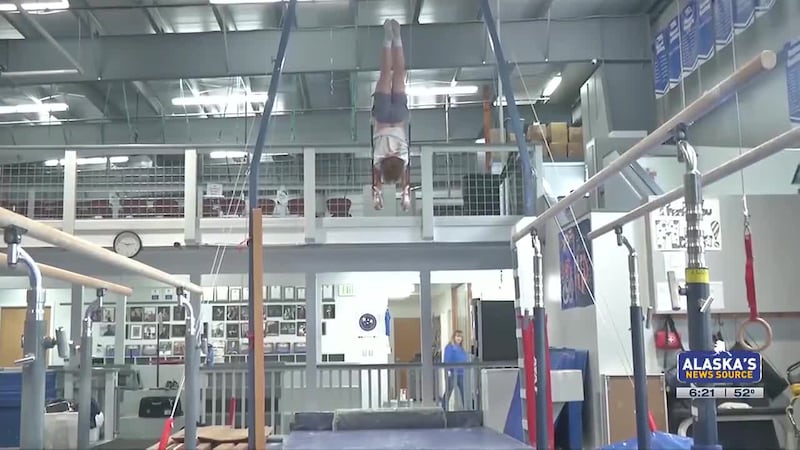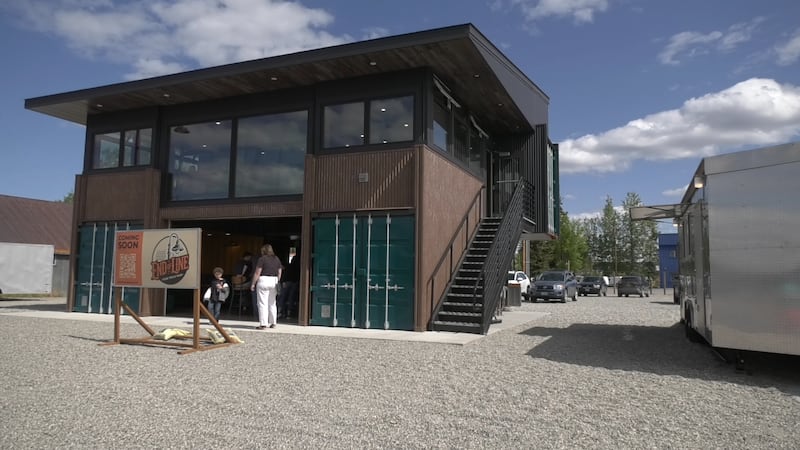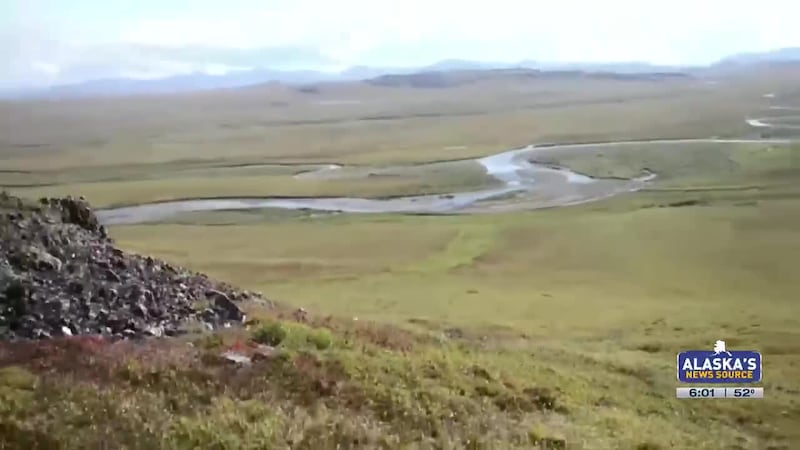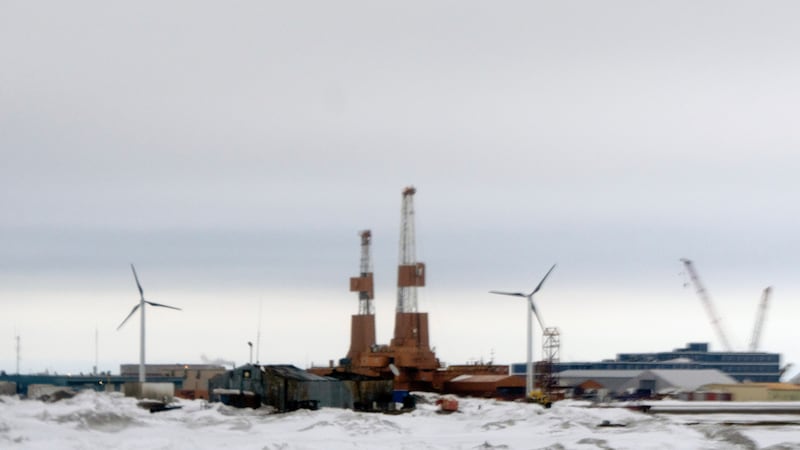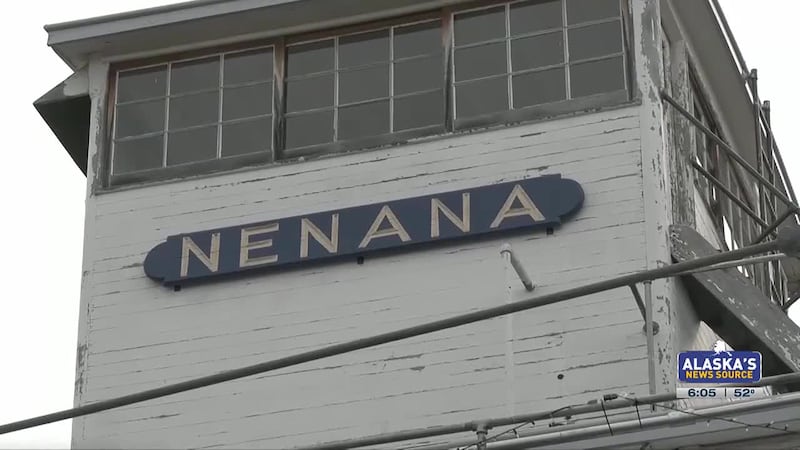UAF begins construction on long-touted planetarium
FAIRBANKS, Alaska (KTUU/KTVF) - The University of Alaska Fairbanks is building a planetarium as an addition to the University of Alaska Museum of the North, and leaders at UAF said this week that they are excited about the long-awaited benefits the project is expected to bring.
The UAF Geophysical Institute has wanted a planetarium for decades, said Bob McCoy, the director of the Geophysical Institute at UAF.
The development of this project was first announced in September 2024, when UAF Chancellor Dan White mentioned the school’s intention to build the facility at the convocation.
According to Patrick Druckenmiller, the museum director, the construction of the planetarium will cost about $9 million.
“The lion’s share of that comes from a single private anonymous donor,” he said, adding that the museum is “extremely grateful” for the opportunity.
It’s a sentiment shared by McCoy and others at the Geophysical Institute.
“It kind of blew us away,” McCoy said. “I’ve had community leaders come in here and say, you know, I heard the GI wants a planetarium, this town needs a planetarium.”
It’s also something the university has been working on for years. According to McCoy, it has taken several attempts at getting funding through the Legislature.
The nearly-$9 million project will provide a facility with an 11-meter dome and seating for 65 people. That facility is being built as an addition to the west end of the UAMN.
“This will be an amazing facility for talking about all the wonderful things that we do here at UAF, in terms of our research,” Druckenmiller said, adding that the plan is to use the facility for a variety of purposes, including but not limited to education and tourism.
McCoy said there are four main reasons the group wanted to have a planetarium, which includes showcasing the research done at the university. That is also something the National Science Foundation and NASA want their collaborators — such as UAF — to do.
He said there’s been a lot of interest in obtaining a planetarium in the community for a long time, and said that it provides the school with another educational tool and means to attract tourists.
“As a classroom, I think it’s really a unique — very unique opportunity,” Druckenmiller said, saying faculty at the school who teach astronomy courses are especially excited. “I mean, what more of a perfect way to talk about the solar system?”
He also hopes the facility will be used to teach other topics, he said, including Indigenous studies, glaciers, and wildlife.
“To explain planetary orbits on a chalkboard is one thing, but to show it on a dome, show the planets moving around, you can speed it up,” McCoy said.
The dome will also help people understand the changes in daylight and sunrises in the Arctic, as well as allow for aurora viewing when the summer sun doesn’t permit visibility.
Both Druckenmiller and McCoy said that being able to show those aspects of Alaska will be a big draw for tourism, and there’s even more they want to show using the dome.
“One of the things that would be nice, with all the tourists coming in the summer, is if we had a planetarium movie,” McCoy said. “So we’re buying cameras. We’re giving them to our researchers when they go in the field. These are planetarium cameras, so they can make movies of whatever research they’re doing.”
While the UAMN already has an auditorium to show some of that research, Druckenmiller said the museum had 91,000 visitors in 2024, and that the museum believes that about one-third of those visitors would be interested in screenings in the planetarium as well.
McCoy also anticipates students and researchers at the university to use the space to not only feature their work, but interact with the public while doing so.
“It’s a big deal and we really encourage grad students to do that,” he said
That sort of opportunity is also something that the school could use to attract more doctoral students and help them in their push for R1 status.
“One of the biggest challenges we have up here in Alaska is getting the word out,” McCoy explained. “If we can show in the Smithsonian some of our movies, that would be a way to encourage students to want to come here, to go to school, undergraduate or grad school, to come up here and experience all this.”
While construction is underway, Druckenmiller said disruptions to the rest of the museum have been negligible, as the rest of the building is fully open.
The project is scheduled to see completion at the end of 2025, with the facility opening in early 2026.
Copyright 2025 KTVF. All rights reserved.
